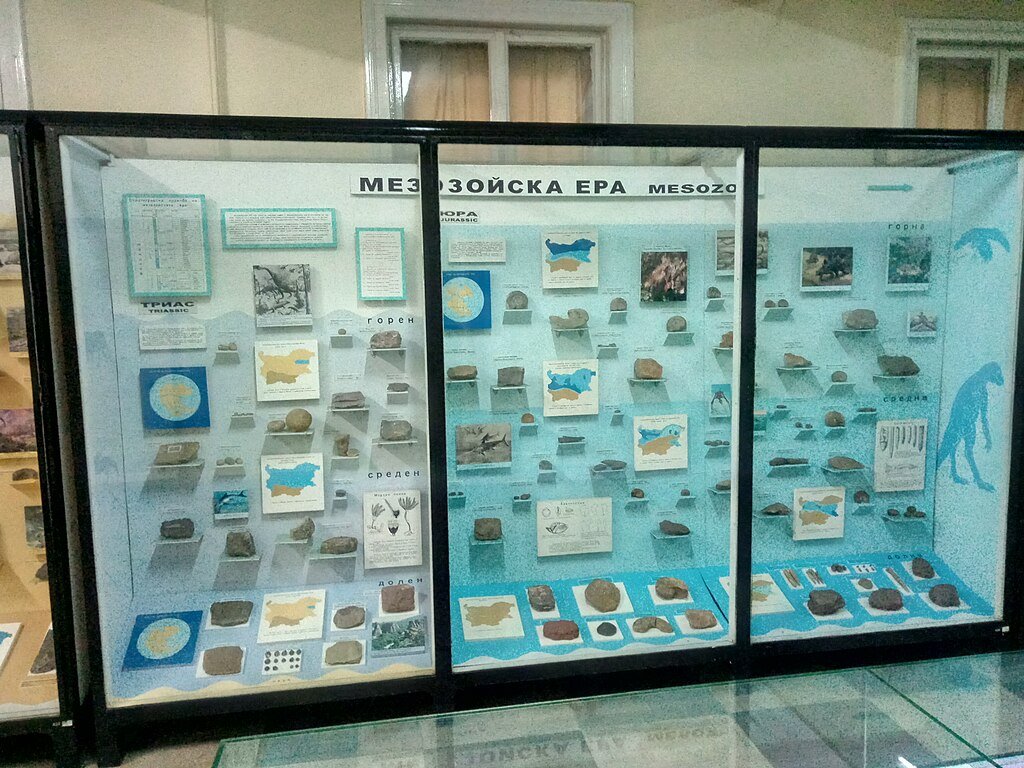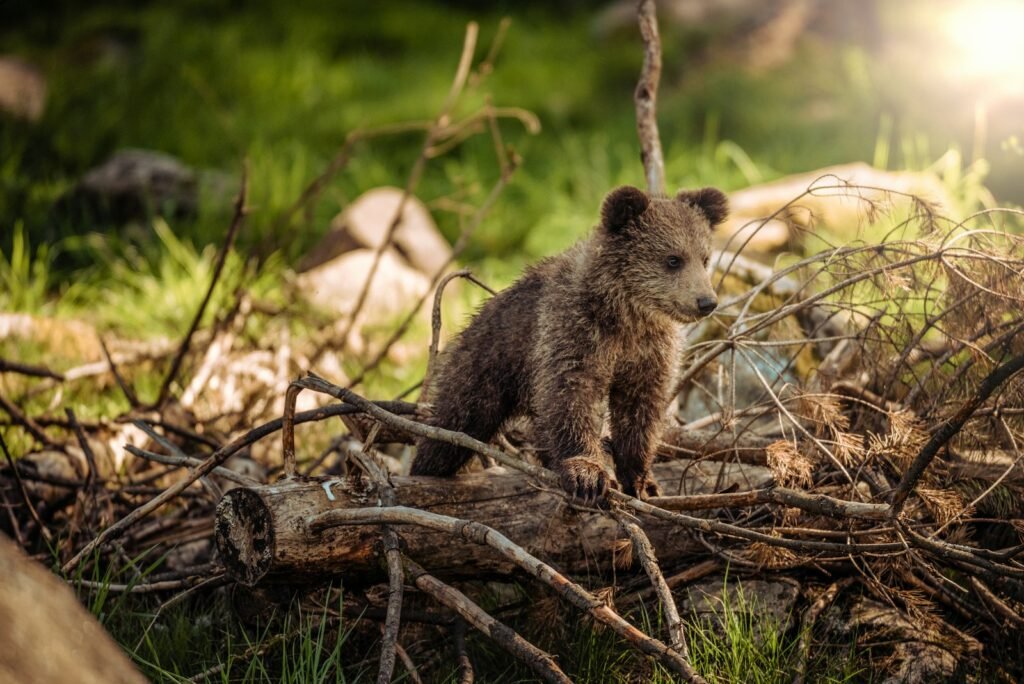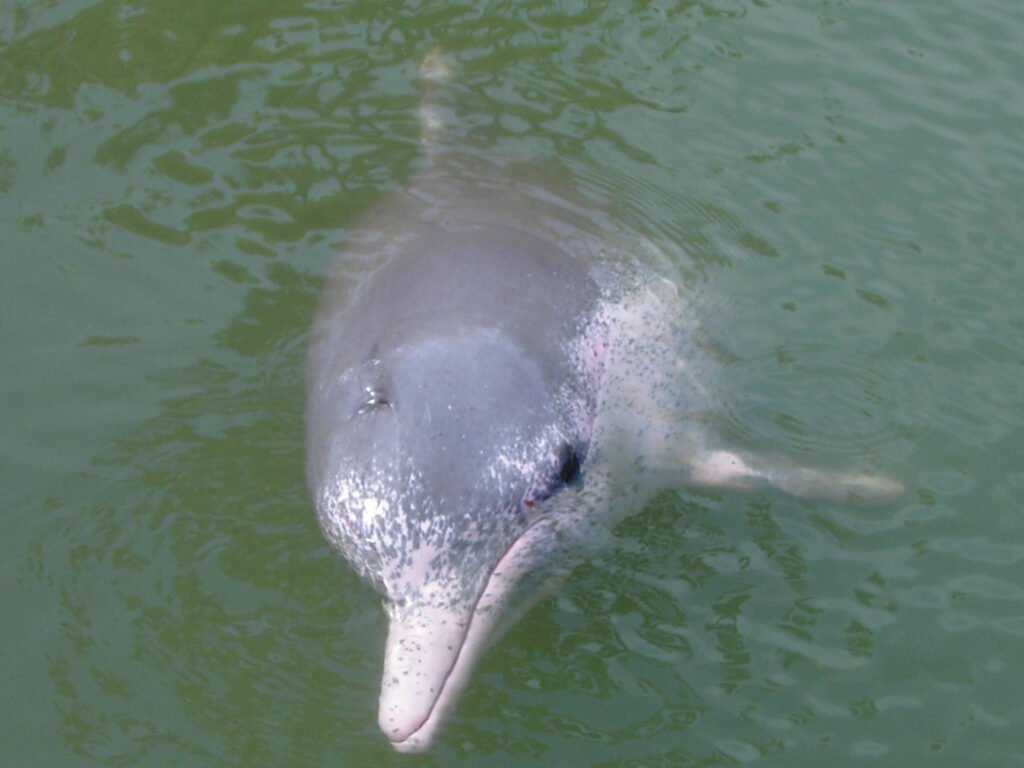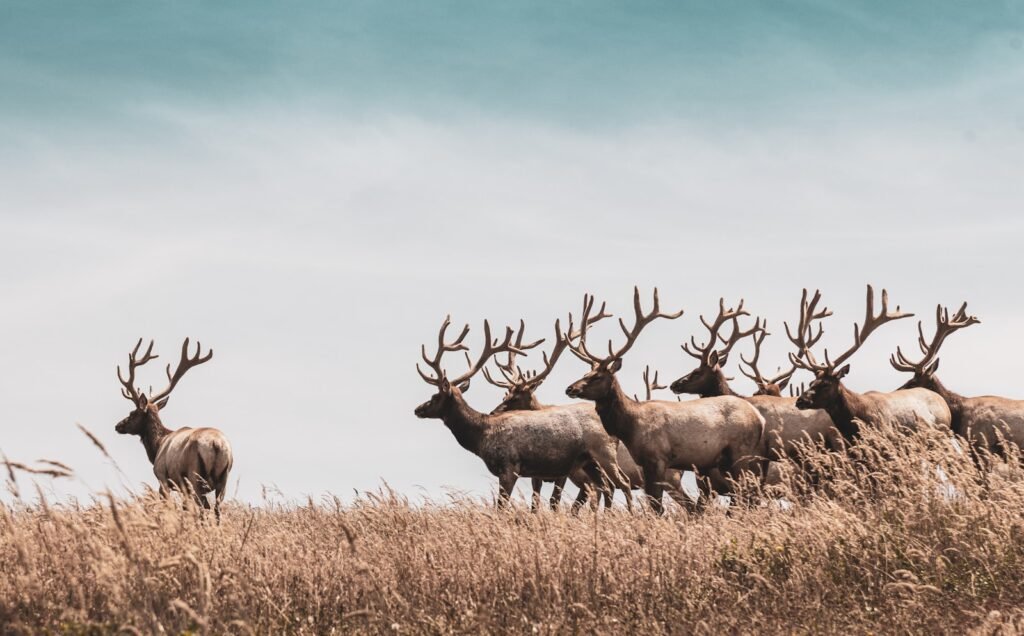Discovering that our modern landscapes were once traversed by colossal dinosaurs can illuminate the imagination. When we think of dinosaurs, North America or the plains of Africa often spring to mind, yet Europe was also a bustling hub of ancient life. This fact-rich journey will guide you through the tales inscribed in Europe’s sedimentary layers, right under your feet.
Unearthing Europe’s Ancient Past

Long before modern cities and towns dominated the landscape, Europe was inhabited by a variety of fascinating dinosaurs. From the Triassic to the Cretaceous periods, various species left indelible marks in the rocks. These eras provided a timeline of evolutionary progress, featuring creatures that thrived in diverse environments.
Notable Dinosaur Fossil Sites
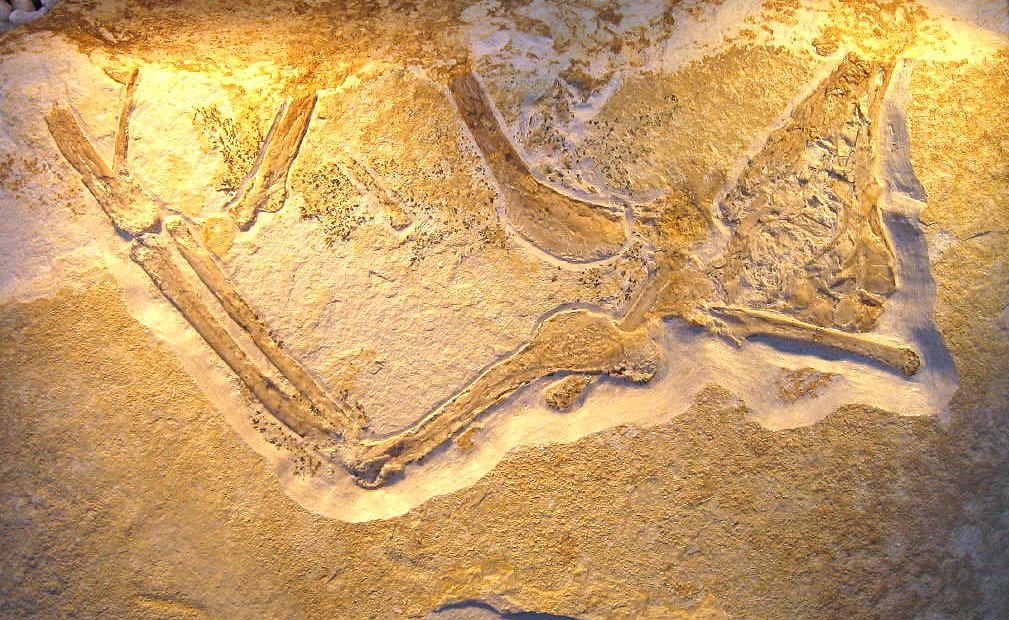
Europe boasts several notable fossil sites that have provided insights into its prehistoric habitats. The Isle of Wight in the United Kingdom is often referred to as the “dinosaur capital of Europe,” with findings of Iguanodon and Neovenator. In Germany, the Solnhofen limestone deposits revealed exquisite Archaeopteryx fossils, bridging the gap between dinosaurs and birds.
Climate’s Role in Dinosaur Habitats
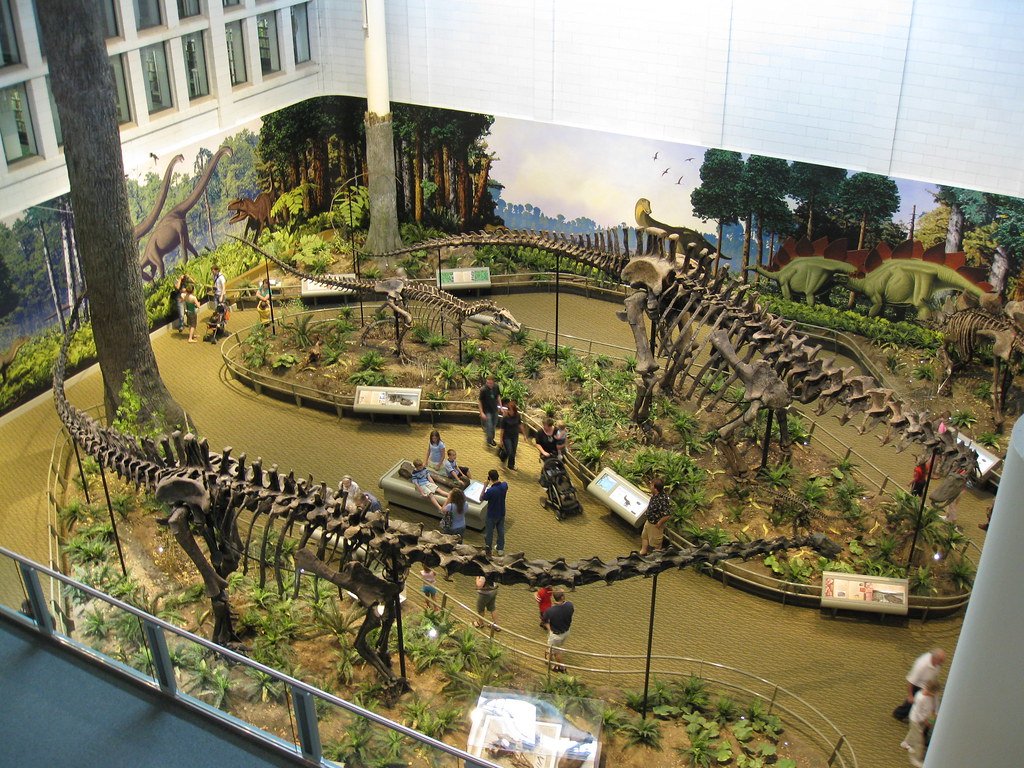
During the Mesozoic era, Europe was not the contiguous landmass it is today. Shifting tectonic plates and fluctuating sea levels created a plethora of islands and coastal environments. This dynamic geography, coupled with a warm and humid climate, fostered lush vegetation, which was a haven for herbivorous dinosaurs and their predators.
Diverse Dinosaur Species

Europe was home to a variety of dinosaur families. From the armoured ankylosaurs to agile theropods like the megalosaurids, each species adapted to niches within the European archipelago. Herbivores such as the hadrosaurs grazed alongside the mighty sauropods with their characteristic long necks.
Significance of European Fossils
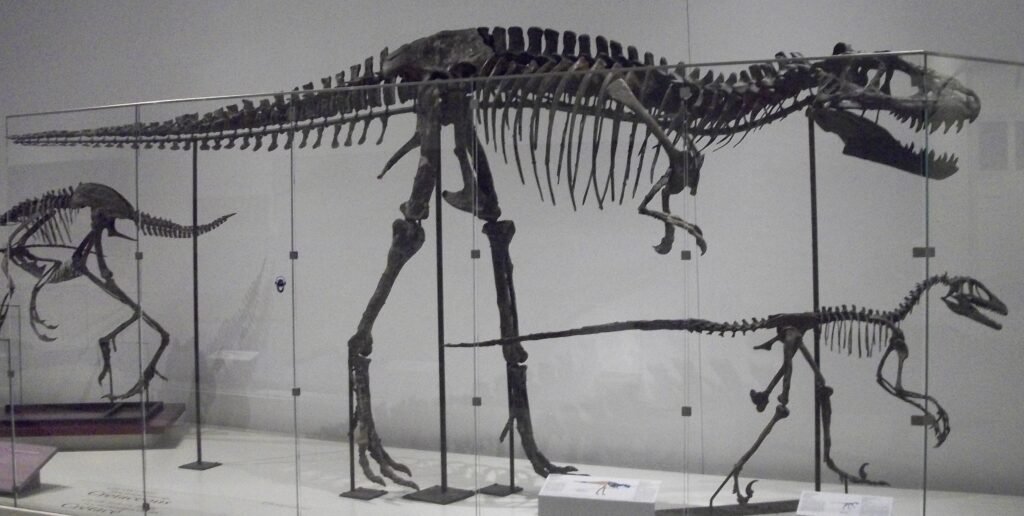
The fossil record in Europe is particularly significant for understanding the evolution of dinosaurs. European sites have provided countless specimens that deepen our understanding of biogeography—the distribution of species and ecosystems in geographic space and through geological time.
Major Discoveries and Their Impact
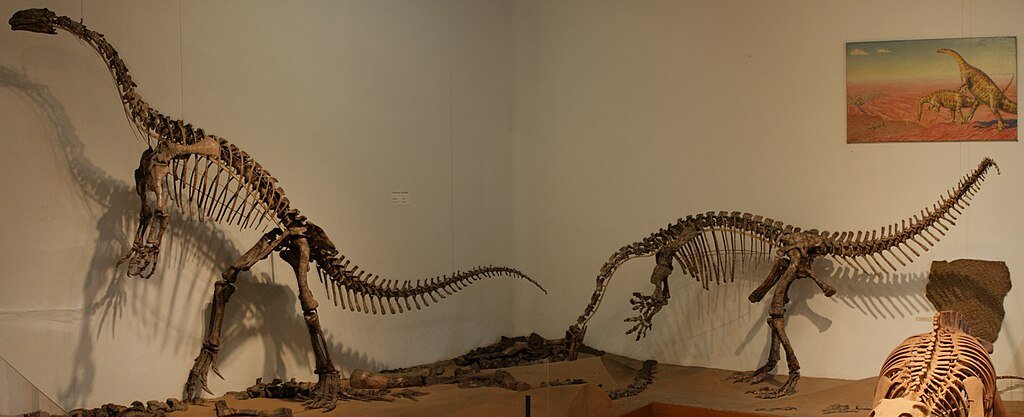
Many important paleontological discoveries have originated from European soil. The finding of the first complete dinosaur skeleton, Scelidosaurus, in England in the 19th century, contributed to the establishment of the field of vertebrate paleontology. Similarly, the discovery of Plateosaurus in Germany offered critical insight into the early stages of dinosaur evolution.
Pioneering Paleontologists
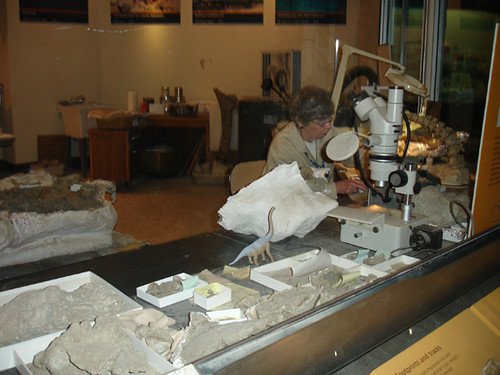
Europe has been the backdrop to pioneering work in paleontology. Scientists like Gideon Mantell and Richard Owen made groundbreaking contributions during the early days of the field. Today, European researchers continue to push boundaries with advanced technology, painting a more complete picture of dinosaur life.
Technological Advances in Fossil Analysis
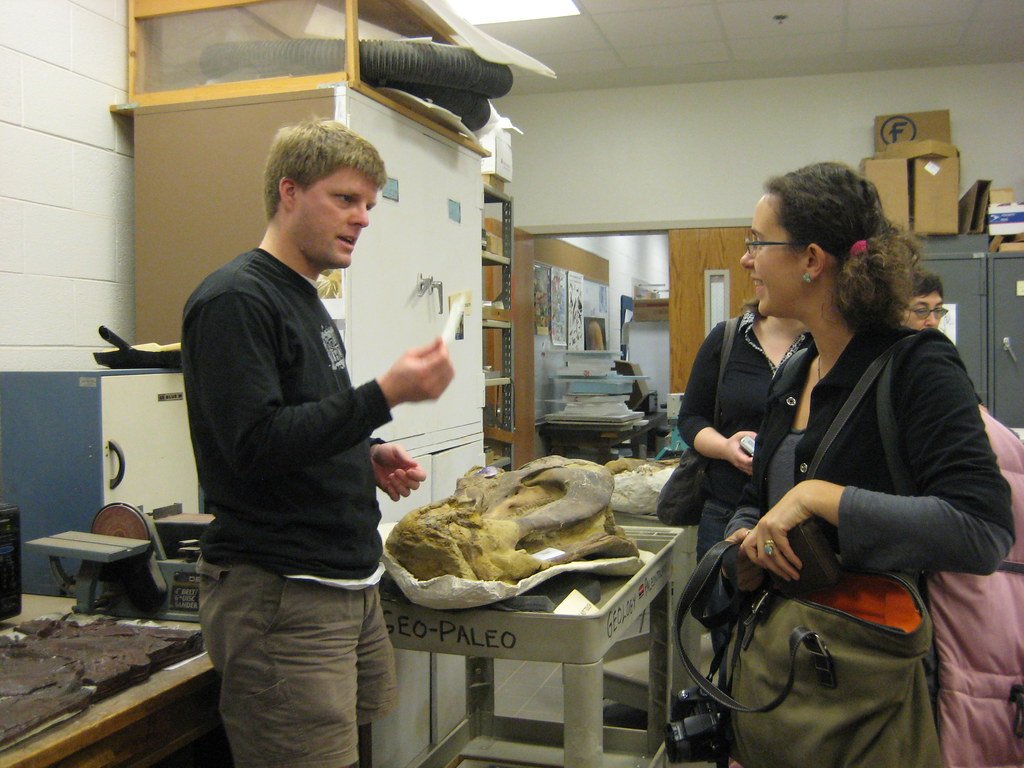
Modern technology has transformed paleontology in Europe. Techniques such as CT scanning and 3D modeling enable scientists to examine the internal structures of fossils without damaging them, revealing details about their anatomy and possible behaviors while alive.
From Fieldwork to Museums

Many fossils unearthed across Europe eventually find homes in esteemed museums. Institutions like the Natural History Museum in London and the Museum für Naturkunde in Berlin display fascinating relics of the distant past, where visitors can learn about dinosaur evolution through interactive exhibits and life-sized models.
Everyday Fossil Hunt: An Activity for All

You don’t have to be a scientist to appreciate fossils. Local geology clubs and museums often host field trips and fossil hunts where people of all ages can discover small fossils, lending a tangible connection to Europe’s prehistoric past.
Protecting These Precious Resources

As fascinating as fossil hunting can be, it is crucial to approach it responsibly. Legal constraints often protect fossil sites, and proper permits are required for excavation. This ensures that these irreplaceable natural histories are preserved for scientific study and public enjoyment.
The Role of Amateur Paleontologists
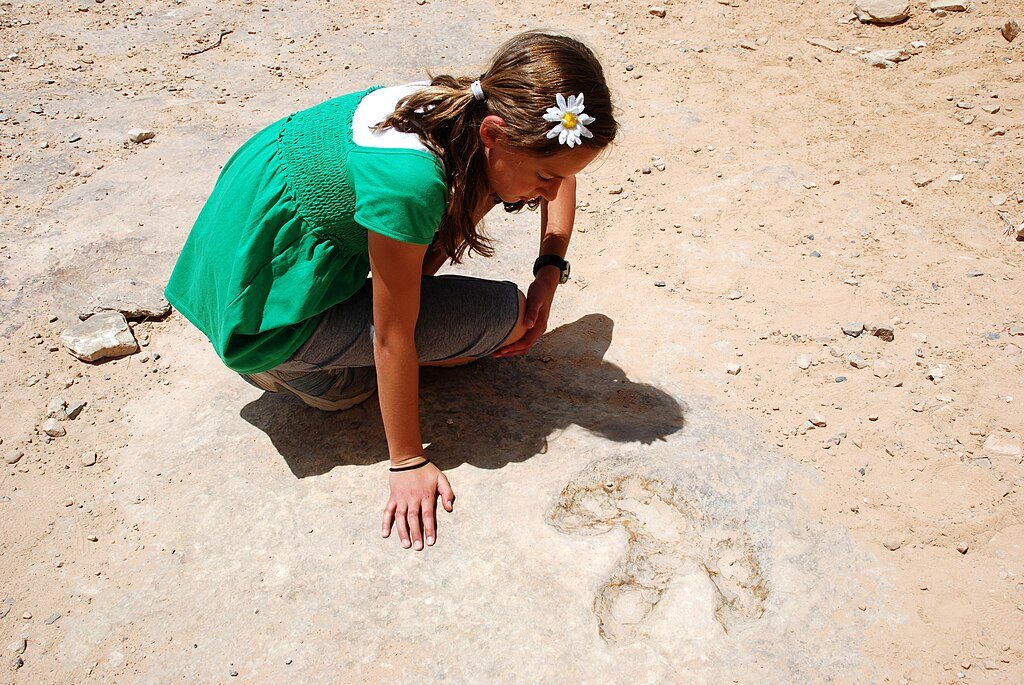
Amateur paleontologists have made significant contributions to the discovery of fossils. Their passion and dedication often lead to surprising finds, highlighting hidden pockets of prehistoric activity where official surveys may not reach.
Engaging the Next Generation

Education plays a pivotal role in the conservation and appreciation of paleontology. Schools and educators are increasingly incorporating fossil studies into their curricula, igniting interest in young minds about Earth’s deep history and the science that unravels it.
Connect with Europe’s Prehistoric Journey
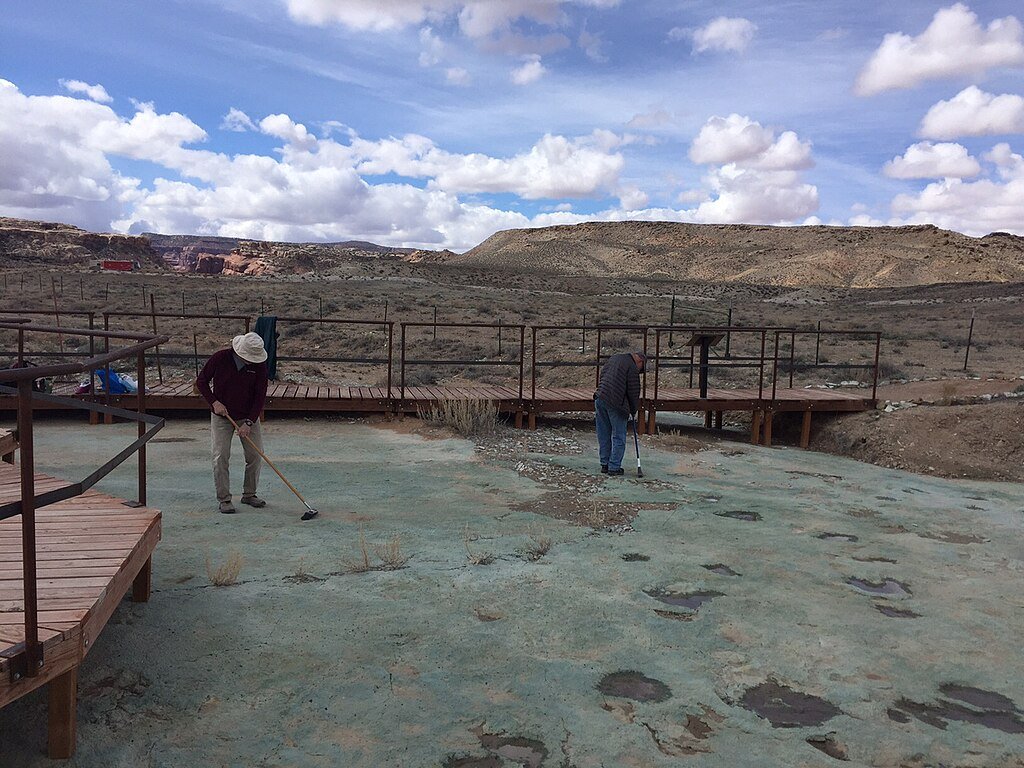
Through local museums, geological societies, and educational programs, anyone can become part of the story of dinosaurs in Europe. As caretakers of these invaluable natural treasures, we have the opportunity to preserve them for future generations.
A Grand Heritage Beneath Our Feet
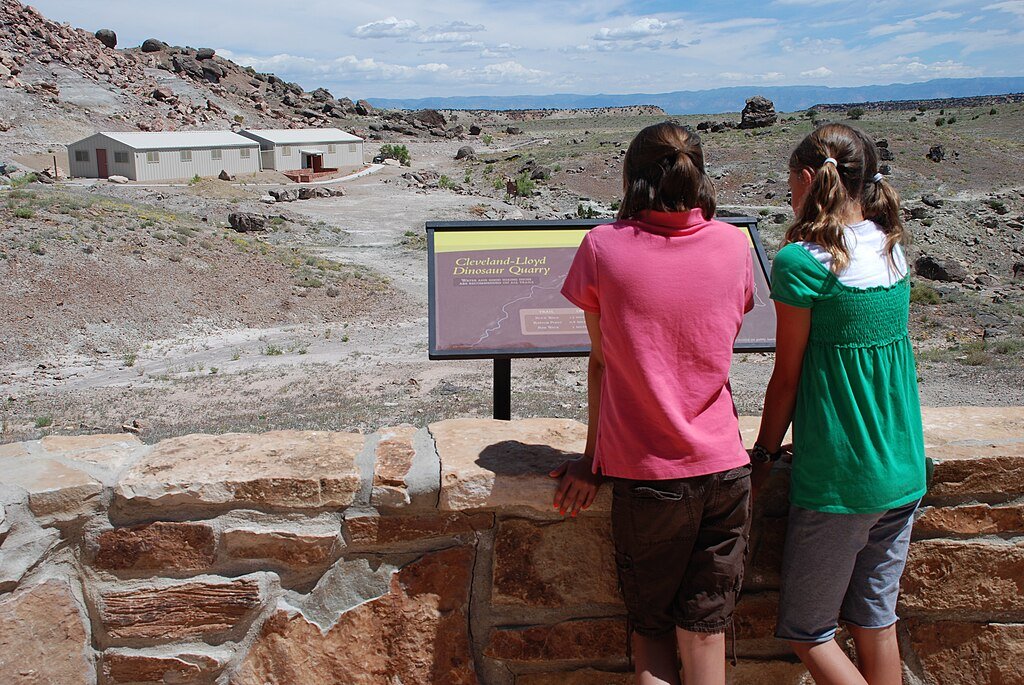
Fossils in Europe’s backyard are silent witnesses to a world long gone but not forgotten. They tell stories of survival, adaptation, and the unyielding power of nature over millions of years. Engaging with these relics connects us to a vast timeline, showcasing not only the grandeur of the dinosaurs themselves but the intricate processes of Earth’s history.
In conclusion, the rich fossil record found throughout Europe offers a unique glimpse into the world of dinosaurs that once roamed the continent. By exploring these remnants, we not only uncover the mysteries of ancient ecosystems but also foster a deeper appreciation of our planet’s dynamic history. Let’s continue to dig diligently and responsibly, so the secrets of the Earth remain accessible for all.

Leander is a fish out of water still figuring out how to use a laptop on the sea floor. He spends most of his time as a divemaster and skipper in various locations around South Africa assisting with marine research and educational outreach programs. He has a BA (Law) degree majoring in English Language and Philosophy.

